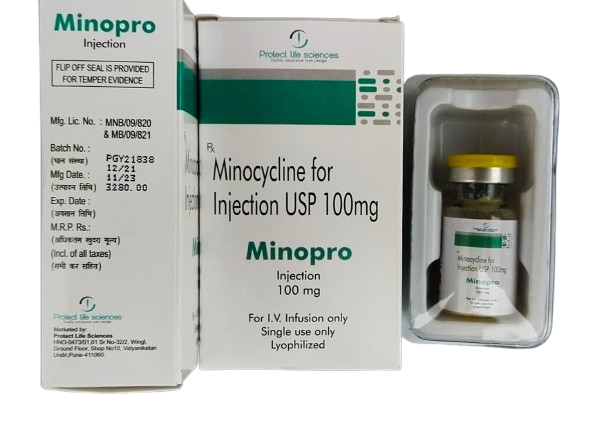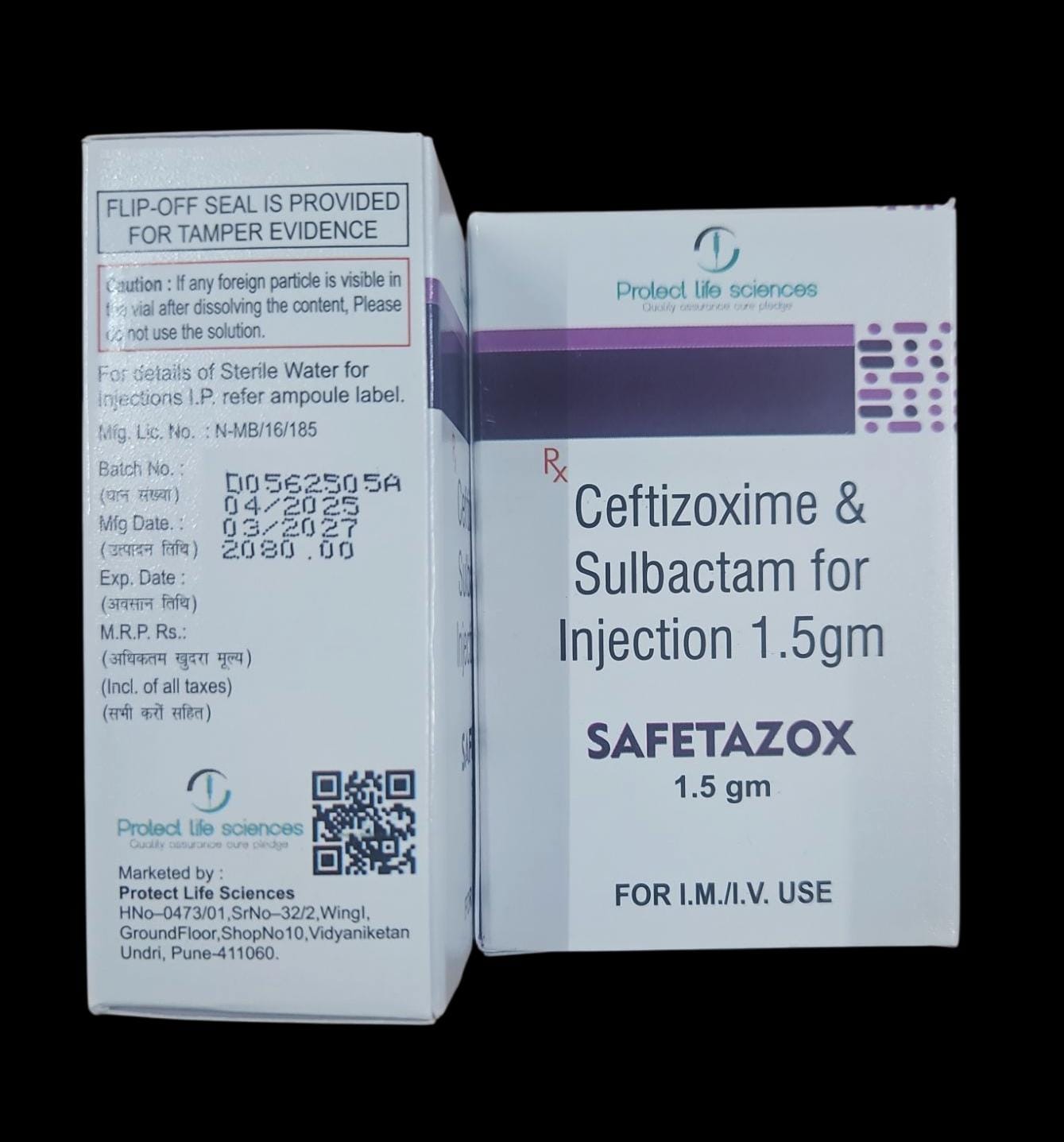Description
Product details
Minocycline belongs to the tetracycline class of antibiotics and is used to manage and treat both infectious and non-infectious conditions. In addition to its effectiveness against both gram-positive and gram-negative bacteria, minocycline also exhibits anti-inflammatory, antioxidant, anti-apoptotic, and immunomodulatory properties. Furthermore, this medication is recognized as the most effective tetracycline derivative in terms of its ability to provide neuroprotective effects. This activity describes minocycline's mechanism of action, indications, and contraindications as a valuable agent in treating and managing bacterial infections and conditions such as acne, neurodegenerative diseases, periodontitis, and dermatitis. This activity also highlights the adverse event profile, dosing, pharmacodynamics, pharmacokinetics, monitoring, and other relevant interactions of minocycline. These are crucial considerations for healthcare professionals engaged in treating patients with the conditions mentioned above. Objectives: Identify the diverse indications of minocycline encompassing bacterial infections, acne, neurodegenerative disorders, periodontitis, and dermatitis. Implement appropriate dosing strategies and treatment regimens for patients receiving minocycline therapy while considering their age, weight, and renal function factors. Apply evidence-based guidelines and clinical protocols to optimize minocycline therapy for various conditions in specific patient populations. Communicate effectively with patients about the benefits, potential risks, and expectations of minocycline therapy, ensuring informed decision-making. Access free multiple choice questions on this topic. Go to: Indications Minocycline is a semi-synthetic second-generation tetracycline and a broad-spectrum antibiotic. This drug was synthesized in 1967 for managing and treating numerous infectious and non-infectious diseases. Furthermore, minocycline's anti-infectious potency aligns closely with that of other tetracyclines. In addition to its effectiveness against both gram-positive and gram-negative bacteria, minocycline exhibits anti-inflammatory, antioxidant, anti-apoptotic, and immunomodulatory properties. This medication is also recognized as the most effective tetracycline derivative in terms of its ability to provide neuroprotective effects. This distinction arises from its high lipophilicity, enabling it to traverse the blood-brain barrier with exceptional efficacy.[1] In general, it has been observed that an individual susceptible to tetracycline may also be susceptible to minocycline.[2] Minocycline's spectrum of coverage includes Borrelia recurrentis, Mycobacterium marinum, Mycoplasma pneumoniae, Staphylococcus aureus, including methicillin-resistant Staphylococcus aureus, Vibrio vulnificus, and susceptible strains of vancomycin-resistant Enterococcus. Minocycline is also used in the treatment of rickettsial infections, chlamydial infections, syphilis, pelvic inflammatory disease, acne, nocardiosis, brucellosis, ehrlichiosis, amebiasis, actinomycosis, anaplasmosis, leptospirosis, melioidosis, tularemia, traveler's diarrhea, early-stage Lyme disease, Legionnaire disease, and Whipple disease.[3] According to the Infectious Diseases Society of America (IDSA) 2022 guidelines, minocycline has been recognized as an effective medication against carbapenem-resistant Acinetobacter baumannii and Stenotrophomonas maltophilia.[4] Off-Label Uses Various off-label uses of minocycline include rosacea, bullous dermatoses, neutrophilic diseases, pyoderma gangrenosum, sarcoidosis, aortic aneurysms, cancer metastasis, periodontitis, and autoimmune disorders such as scleroderma and rheumatoid arthritis, according to the American College of Rheumatology guidelines.[5][6][7] Go to: Mechanism of Action Protein synthesis occurs through ribosomes in both eukaryotic and prokaryotic cells, facilitating the transformation of messenger RNA (mRNA) codes into functional proteins. The ribosomes in prokaryotic cells consist of the 30S and 50S subunits, whereas in eukaryotic cells, they consist of the 40S and 60S subunits. In prokaryotic and eukaryotic organisms, the 2 ribosomal subunits converge at the mRNA template, facilitating the transfer RNA (tRNA) to transport an amino acid and form cellular proteins by elongating amino acid chains. Tetracyclines, such as minocycline, bind to the 30S ribosomal subunit, preventing charged tRNA from delivering amino acids to elongate the protein chain and develop a cellular protein. This disruption results in a bacteriostatic impact on the prokaryotic cell, causing the organism to lose its capability to grow or replicate.[8] Tetracyclines are lipid-soluble compounds capable of transportation across hydrophobic barriers, including biological membranes. Their lipophilic nature enables rapid absorption and distribution throughout the organism. Among tetracyclines, minocycline exhibits greater lipophilicity than doxycyc






